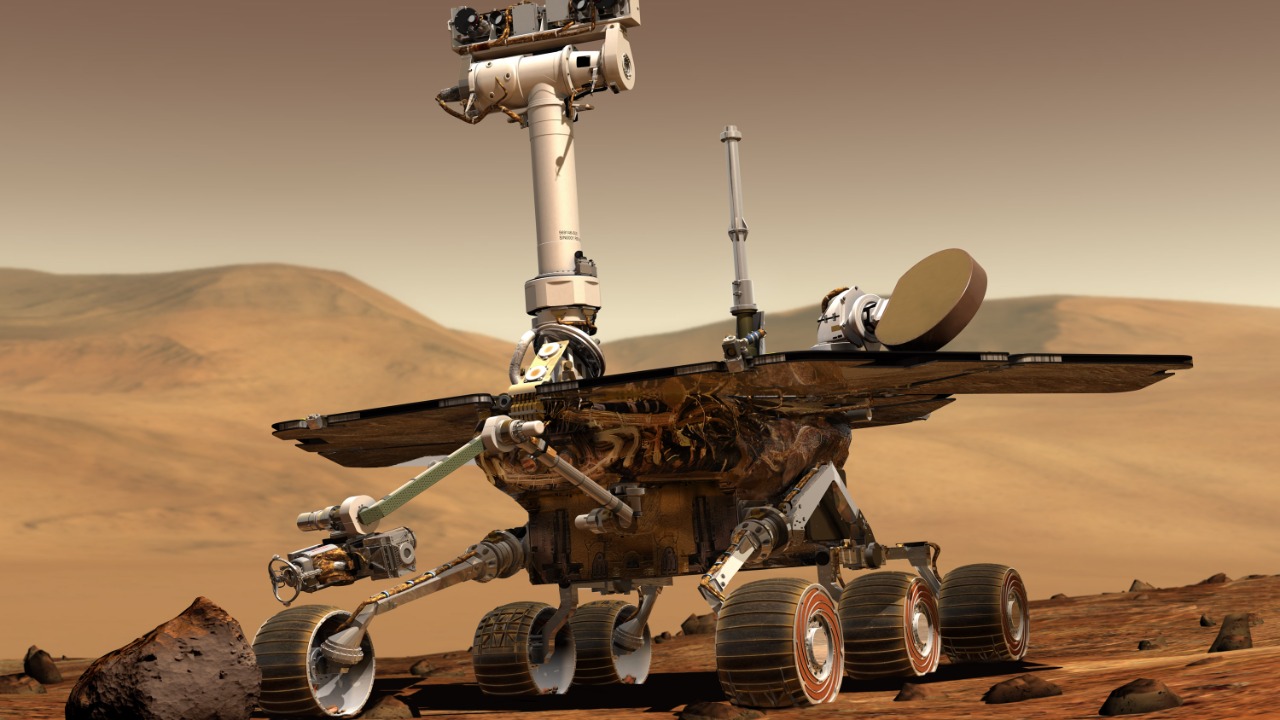
Did you know that various devices around us, and even beyond our planet, are powered by nuclear batteries? These extraordinary energy sources have made it possible to explore deep space, map the ocean floor, maintain airplane safety, and even save human lives.
Unexpected Uses of Nuclear Batteries: The Mars Rovers
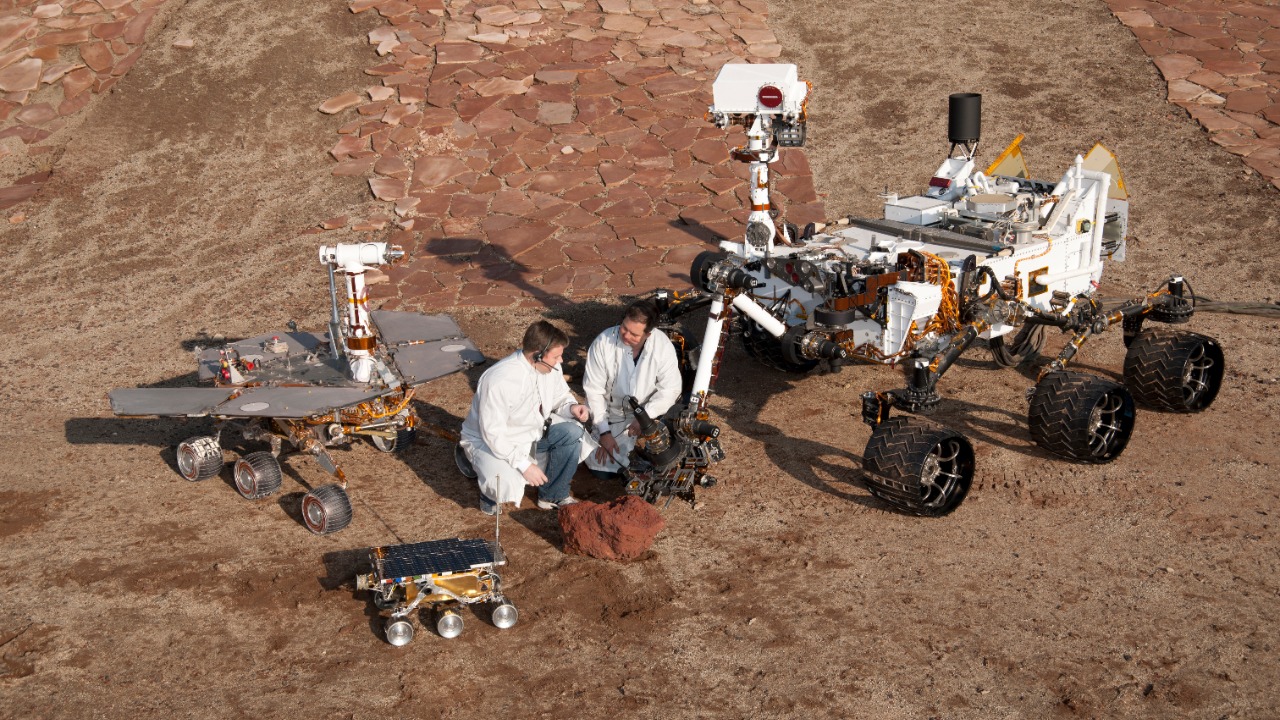
One of the most remarkable uses of nuclear batteries can be seen in the Mars Rovers. These robotic vehicles use nuclear batteries, also known as Radioisotope Thermoelectric Generators (RTGs), to power their exploration of the red planet. The longevity and reliability of RTGs have enabled the rovers to operate in harsh Martian conditions, capturing stunning images and valuable data for scientists back on Earth.
Nuclear batteries have proven to be a game-changer for space exploration. Their robust nature, resistant to extreme temperatures and conditions, makes them an ideal power source for missions to other planets and celestial bodies.
Unveiling the Secrets of the Deep: Underwater Data Collection Devices
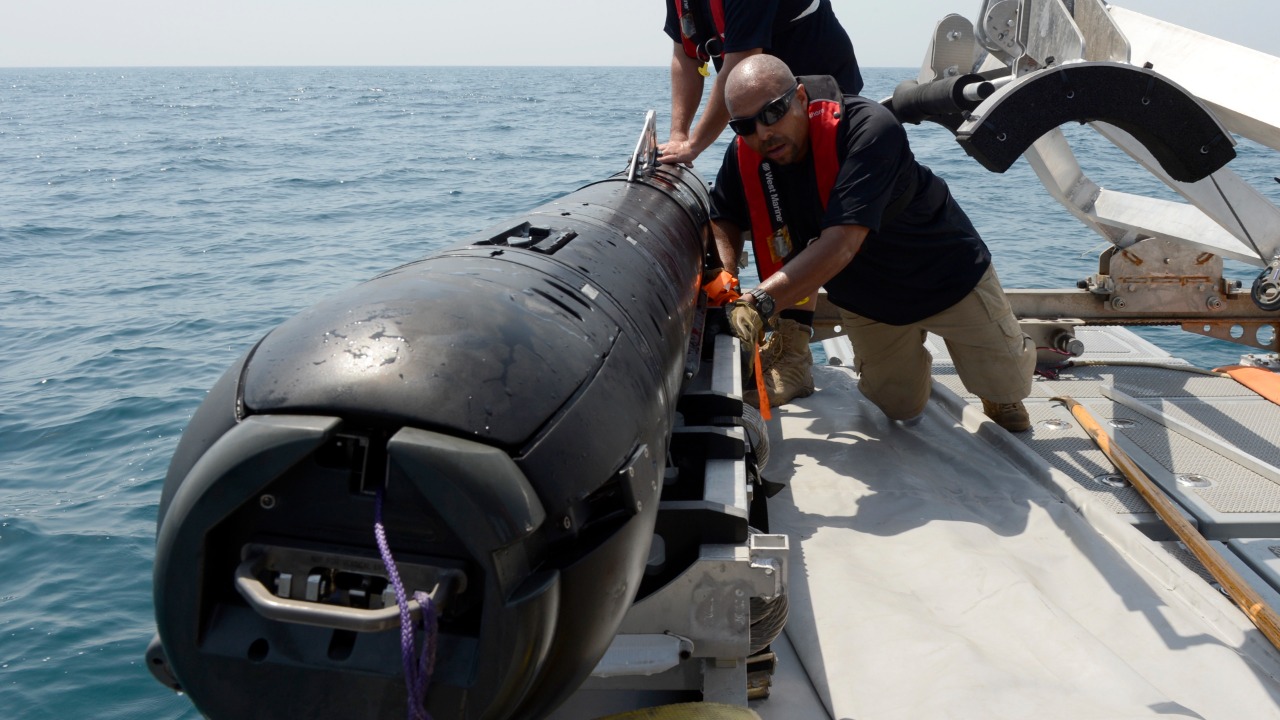
On Earth, nuclear batteries help scientists explore another inhospitable environment: the deep sea. Underwater data collection devices, powered by nuclear batteries, can function in the crushing pressures and freezing temperatures of the ocean’s depths. These devices collect invaluable data about marine life, ocean currents, and seismic activity, contributing to our understanding of the planet’s ecosystems.
The use of nuclear batteries in these devices ensures their long-term operation without the need for frequent battery replacements, making deep-sea exploration more efficient and less disruptive to marine life.
Sailing to Infinity: The Voyager Spacecrafts
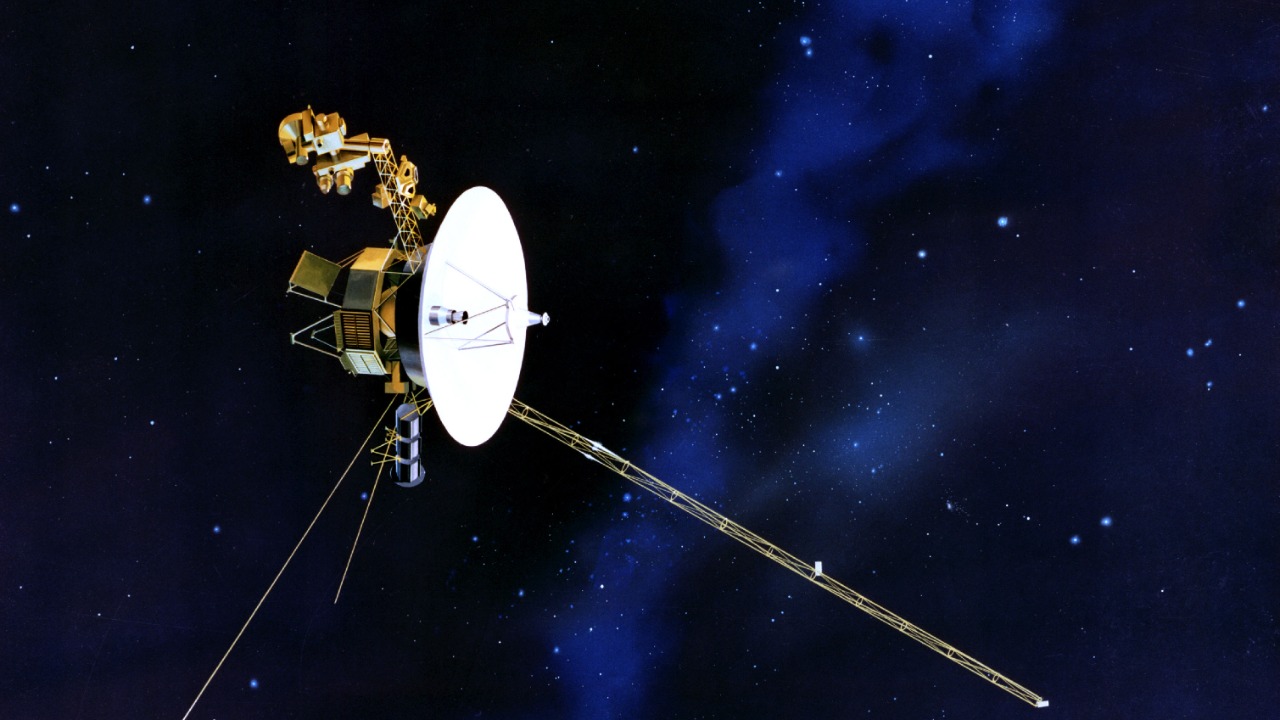
When we think of nuclear-powered devices, we often picture high-tech gadgets. But the Voyager spacecrafts, launched in the 1970s, have been powered by nuclear batteries for over four decades. These spacecrafts are now in interstellar space, sending back data about the cosmos from distances we could otherwise only dream of reaching.
The longevity of nuclear batteries has enabled these spacecrafts to continue their mission, providing an unmatched window into the universe beyond our solar system.
Ensuring Safety: Emergency Exit Signs in Airplanes

While nuclear batteries are commonly associated with space exploration, they also play a critical role in our daily lives. For example, they power the emergency exit signs in airplanes. These signs, using tritium-powered nuclear batteries, remain luminous for over a decade without external power, ensuring that the path to safety is always visible during emergencies.
Revolutionizing Medicine: Pacemakers and Cochlear Implants

Medical devices like pacemakers and cochlear implants have also benefited from nuclear batteries. These life-changing devices need reliable, long-lasting power sources, and nuclear batteries fulfill this need. Their use in medical devices has not only enhanced the quality of life for many individuals but has also saved countless lives.
The Power Behind Space Missions: Satellites and Space Probes
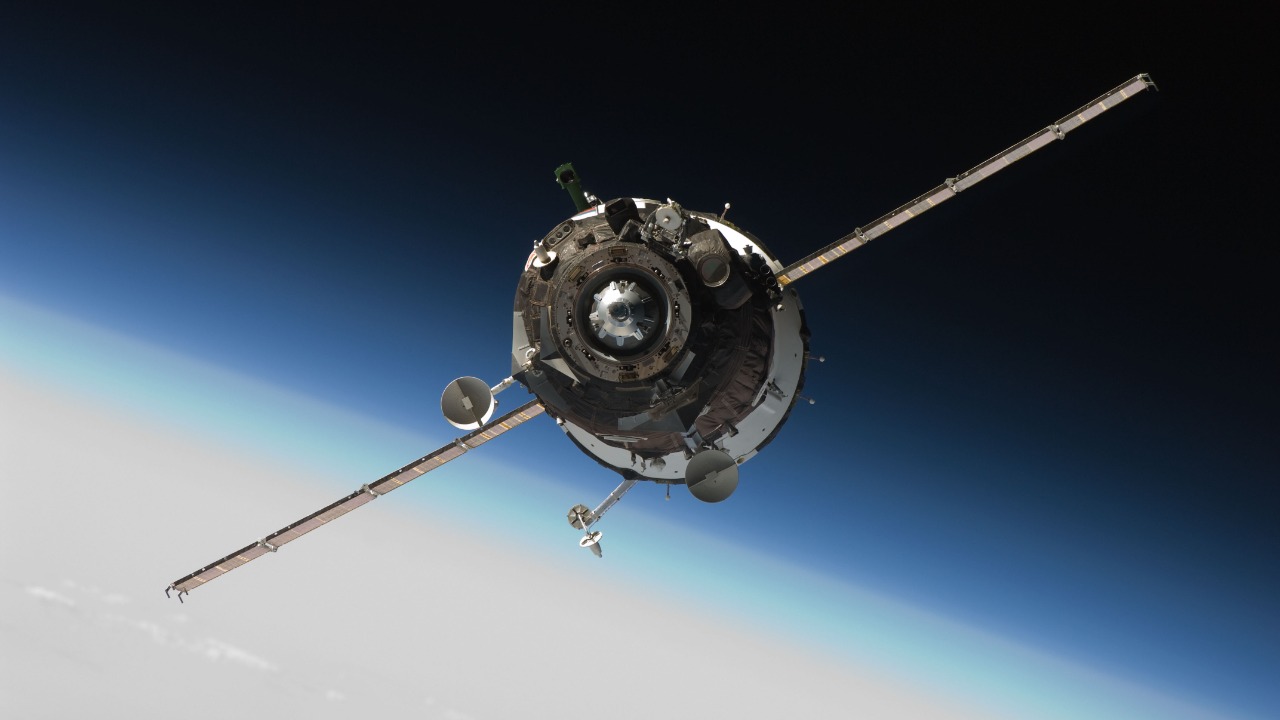
Satellites and space probes, the workhorses of space exploration and telecommunications, also rely on nuclear batteries. These devices need to operate in the harsh environment of space for years, and nuclear batteries provide a reliable, long-lasting power source. This has made our modern global communication systems and space exploration missions possible.